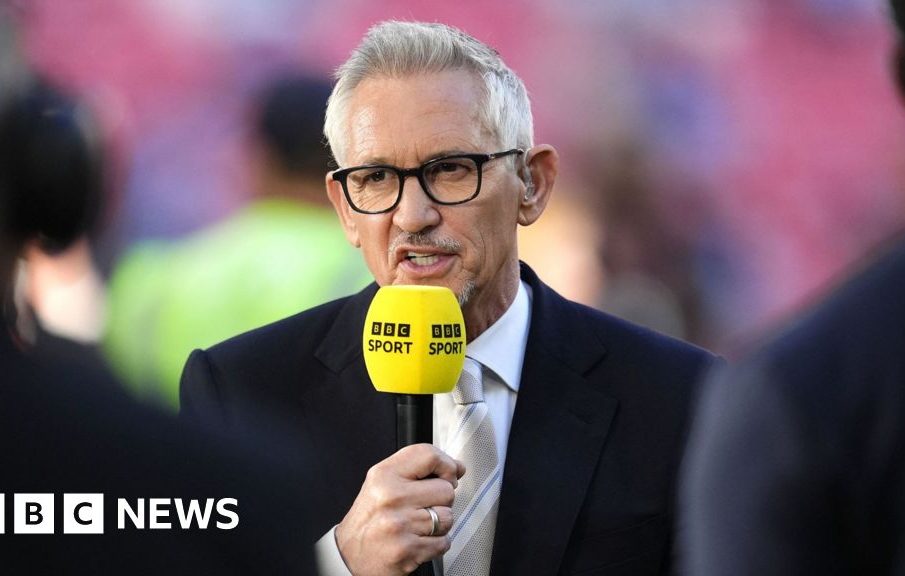Unpacking the Gary Lineker Emoji Issue

Introduction
The recent controversy surrounding former footballer Gary Lineker and his use of emojis has ignited discussions about freedom of expression, social media responsibilities, and the role of sports personalities in political discourses. This incident highlights the often blurry line between personal expression and professional responsibilities, making it a pertinent topic for today’s digitally connected society.
The Emoji Incident
The issue began when Lineker posted a tweet using emojis to comment on a political situation related to UK immigration policy. The tweet, seemingly light-hearted, was interpreted by many as a political statement, leading to a mixed backlash from the public and media alike. Critics argued that Lineker, as a prominent figure in sports broadcasting, should maintain a neutral stance concerning sensitive subjects, such as immigration policy, whilst supporters defended his right to express personal views.
As the tweet went viral, it became a lightning rod for debate on social media platforms. Supporters praised Lineker for using his platform to raise awareness about pressing social issues, while opponents accused him of being unprofessional and potentially alienating fans who hold differing views.
Broader Implications
This event is not just about one tweet or one individual; it reflects a larger conversation about how public figures navigate their personal beliefs in the face of their professional roles. The conversation around sports personalities influencing political discourse is not new but has intensified with the rise of social media. With platforms allowing immediate and widespread dissemination of messages, the implications of a single tweet can resonate far beyond the individual.
Furthermore, Lineker’s incident raises questions regarding the ethics of free speech in professional environments. Many sport commentators find themselves in precarious positions where they must balance their personal beliefs with the expectations of their employers and audiences.
Conclusion
The Gary Lineker emoji issue serves as a poignant reminder of the complexities facing public figures today. As discussions around freedom of expression and social responsibility continue, the reactions to Lineker’s post indicate a growing divide in public perception, influenced heavily by social media. This situation may call for a re-evaluation of boundaries concerning public discourse and professional conduct, especially for influential figures in the sporting world. Moving forward, how athletes and sports commentators choose to navigate these waters will significantly shape their legacies and the nature of public engagement with sports and politics.









